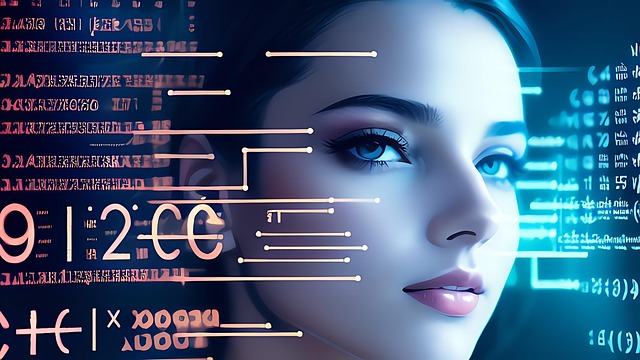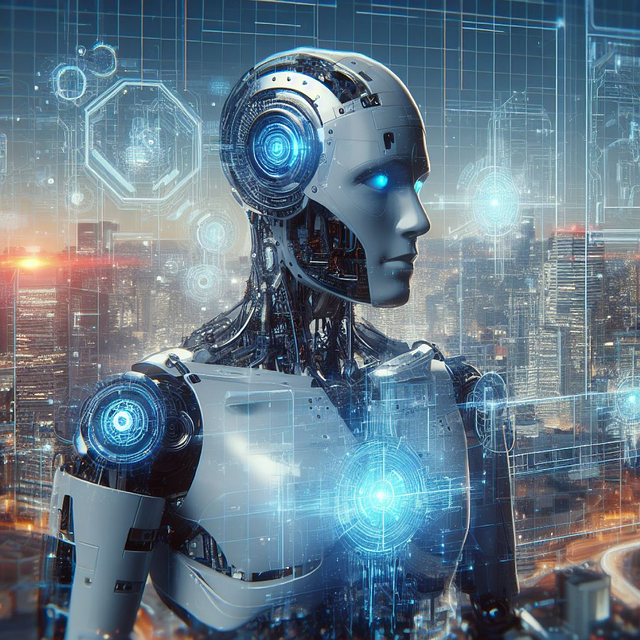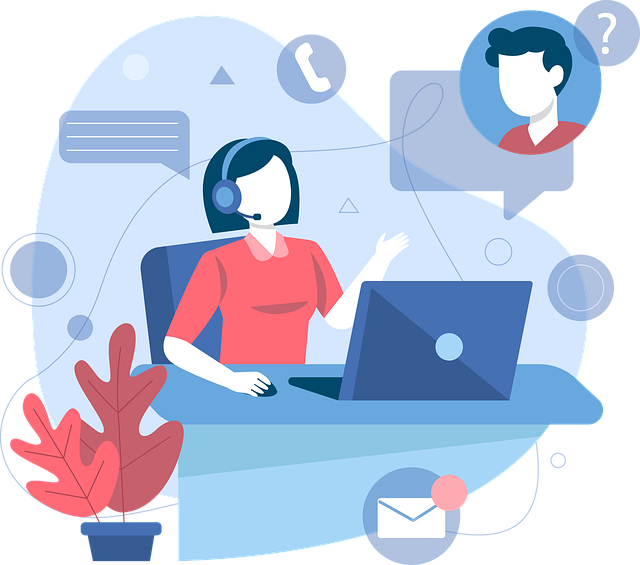Free AI chatbots have transformed user engagement by offering dynamic, conversational interfaces powered by natural language processing (NLP) and machine learning algorithms. Trained on extensive datasets and leveraging continuous learning, these tools interpret human language, provide relevant responses, and enhance user experiences over time. Users interact via text or voice messages, enabling assistance in areas like customer service, content generation, and personalized recommendations. Advancements in NLP and machine learning have democratized AI chatbot development through open-source projects and APIs, fostering innovation and keeping chatbots adaptable to evolving language trends and user expectations.
Unveiling the Magic: How Free AI Chatbots Revolutionize Conversation
Free AI chatbots are transforming the way we interact with technology, offering instant answers, personalized assistance, and round-the-clock availability. This article demystifies these virtual assistants. We’ll explore the foundational concepts of artificial intelligence, delving into the technology that powers free AI chatbots. From data collection and training to generating responses and continuous learning, discover the intricate processes behind this game-changing technology.
- Understanding the Basics of AI Chatbots
- The Technology Behind Free AI Chatbots
- Training and Data Collection Process
- Interaction and Response Generation
- Evolution and Continuous Learning
Understanding the Basics of AI Chatbots

AI chatbots have revolutionized the way we interact with technology, offering a dynamic and conversational user experience. To understand how they work, it’s essential to grasp their basic architecture. At their core, AI chatbots are powered by natural language processing (NLP) and machine learning algorithms. These technologies enable chatbots to interpret human language, extract relevant information, and generate contextually appropriate responses.
Free AI chatbot platforms have made these advanced capabilities accessible to a wide range of users, from businesses looking to enhance customer service to individuals seeking personalized assistance. By leveraging pre-trained models and continuous learning, these chatbots can adapt and improve over time, providing more accurate and helpful interactions with users.
The Technology Behind Free AI Chatbots

The technology behind free AI chatbots is a fascinating blend of natural language processing (NLP) and machine learning algorithms. These advanced systems are trained on vast datasets to understand human language, context, and nuances. By leveraging deep learning models, free AI chatbots can generate human-like responses, making interactions feel natural and engaging.
When you interact with a free AI chatbot, it uses complex algorithms to analyze your input, break down the text into meaningful components, and then formulate an appropriate response. This process involves encoding the input text, processing it through neural networks, and decoding the output. The more data these chatbots are exposed to, the better they become at understanding and generating text, ensuring a continually improving user experience.
Training and Data Collection Process

The training and data collection process for AI chatbots is a meticulous and ongoing endeavor. These virtual assistants learn from vast datasets, which are typically gathered from diverse sources to ensure comprehensive understanding. The process begins with identifying relevant data, encompassing a wide range of user queries and responses. This step is crucial in shaping the chatbot’s ability to comprehend various user needs. Once sourced, the data is meticulously cleaned, organized, and labeled by experts, ensuring accuracy and relevance.
In the case of free AI chatbots, open-source datasets play a significant role, allowing developers to access and utilize pre-existing information. This not only speeds up the training process but also promotes collaboration and innovation in the development community. Advanced machine learning techniques are then applied to train the chatbot’s neural networks, enabling it to learn patterns, extract context, and generate appropriate responses. Regular updates and testing are essential to refine its performance over time.
Interaction and Response Generation

When interacting with a free AI chatbot, users engage in a conversation through text or voice inputs. The chatbot processes this input using natural language processing (NLP) algorithms and machine learning models to understand the context and intent behind the message. It then generates a response by retrieving relevant information from its vast knowledge base or dynamically creating an answer based on the input received.
The responses are designed to be contextually appropriate, often incorporating elements of human-like conversation through advanced language models. This allows free AI chatbots to provide useful assistance in various scenarios, from answering queries and offering customer support to generating creative content and providing personalized recommendations.
Evolution and Continuous Learning

The evolution of AI chatbots is a fascinating journey, driven by continuous learning and technological advancements. These intelligent agents have transitioned from simple rule-based systems to sophisticated models capable of understanding and generating human-like responses. At the heart of this transformation lies machine learning and natural language processing (NLP) techniques, which empower chatbots to learn from vast amounts of data.
Free AI chatbot platforms play a pivotal role in democratizing access to these technologies, allowing developers, researchers, and enthusiasts to experiment and contribute to the field. Through open-source projects and readily available APIs, users can train custom chatbots on diverse datasets, fostering continuous learning and improvement. This iterative process ensures that chatbots remain adaptable, accurate, and up-to-date with language trends and user expectations.
AI chatbots have evolved from simple rule-based systems to sophisticated tools that leverage advanced natural language processing (NLP) and machine learning techniques. As we’ve explored, understanding the fundamentals of these technologies, such as training models on vast datasets and employing deep learning algorithms, is key to creating effective free AI chatbots. With continuous learning and improvement, these virtual assistants are transforming the way we interact with technology, offering personalized experiences that were once unimaginable. Free ai chatbots are not just a convenience; they represent a significant step forward in human-computer interaction.
